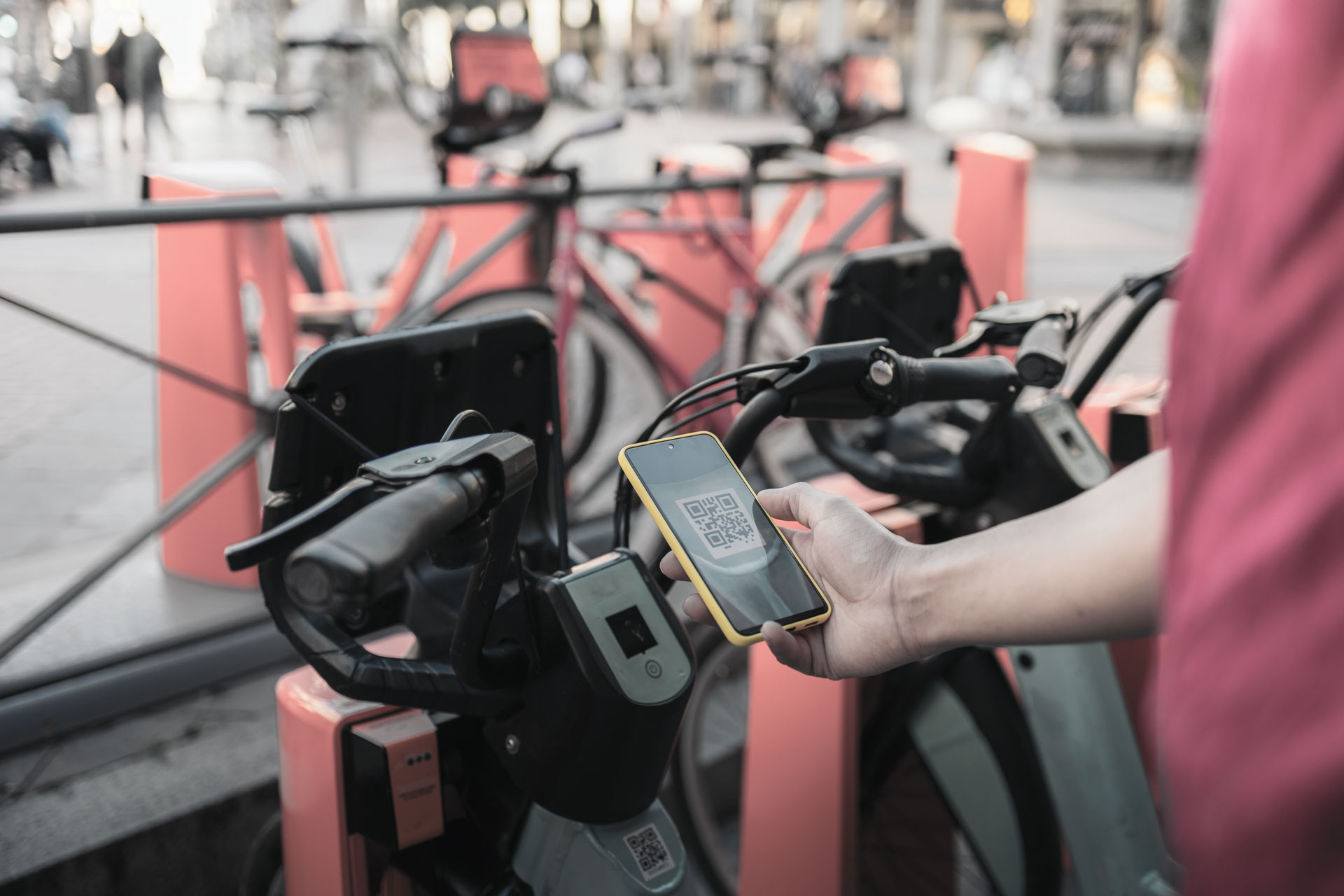Smart Mobility: A Brighter Future for Philippine Transportation
The Philippines, particularly Metro Manila, has long grappled with severe traffic congestion. This persistent problem causes significant economic losses, environmental damage, and frustration for commuters. In recent years, smart mobility solutions have emerged as a promising avenue to address these challenges.
Addressing Urban Traffic Congestion
Smart mobility is all about using tech to make transportation better. We’re talking AI, big data, and the Internet of Things – all working together to make our commutes smoother and more reliable.
One big part of this is intelligent fleet management. By using real-time data on where vehicles are, what traffic is like, and how many passengers need rides, fleet operators can plan the best routes, cut down on wasted time, and save fuel. This helps them save money and is better for the environment too.
The Internet of Vehicles (IoT) is another game-changer. By connecting vehicles to the internet, IoT lets them talk to each other, to traffic infrastructure, and even to passengers – all in real time! This can make traffic flow better, keep everyone safer, and even pave the way for self-driving cars.
And let’s not forget about automated fare collection. Things like contactless payment and mobile ticketing make boarding a breeze, cut down on wait times, and reduce fare dodging. Plus, they give us valuable insights into how passengers behave, which can help improve service schedules and overall efficiency.
Benefits of Smart Mobility
Smart mobility offers numerous benefits to passengers, transport operators, cooperatives, and the environment:
- For Passengers: Improved travel experience, reduced travel time, increased comfort, and enhanced safety.
- For Transport Operators: Optimized fleet management, increased operational efficiency, reduced costs, and improved customer satisfaction.
- For Cooperatives: Enhanced collaboration, shared resources, and improved service delivery.
- For the Environment: Reduced air pollution, lower greenhouse gas emissions, and improved energy efficiency.
Challenges and Opportunities
While smart mobility holds immense potential, several challenges need to be addressed to fully realize its benefits. These include the need for robust digital infrastructure, cybersecurity concerns, and the initial cost of implementing new technologies.
However, the long-term benefits of smart mobility far outweigh the challenges. By investing in smart technologies and adopting innovative solutions, the Philippines can transform its transportation system and create a more sustainable and livable future.
By embracing smart mobility solutions, the Philippines can alleviate traffic congestion, improve air quality, and create a more sustainable and efficient transportation system. As technology continues to advance, it is essential for policymakers, industry leaders, and citizens to work together to implement and adopt these innovative solutions.
Smart mobility has a ton of potential, but there are some hurdles to overcome. We need to make sure our digital infrastructure is strong, deal with cybersecurity worries, and handle the initial cost of implementing new tech.

